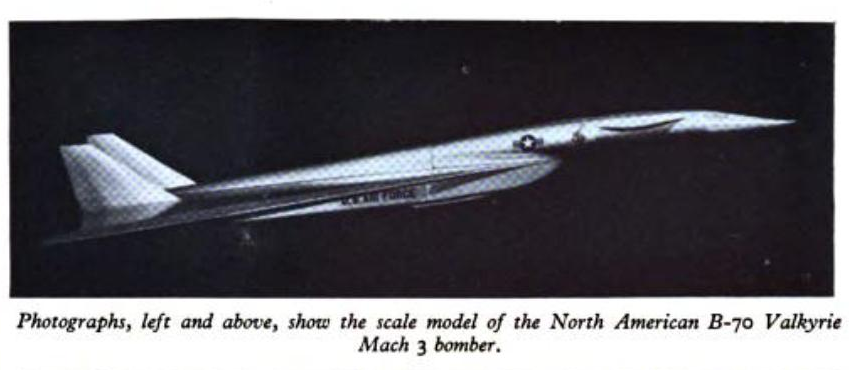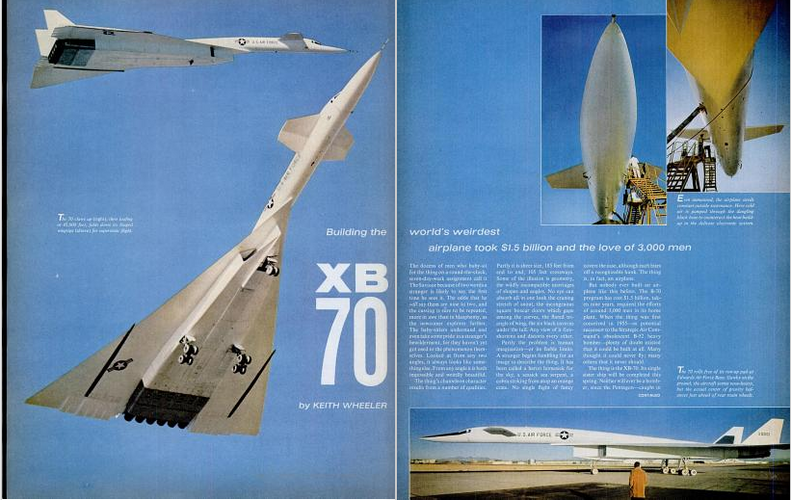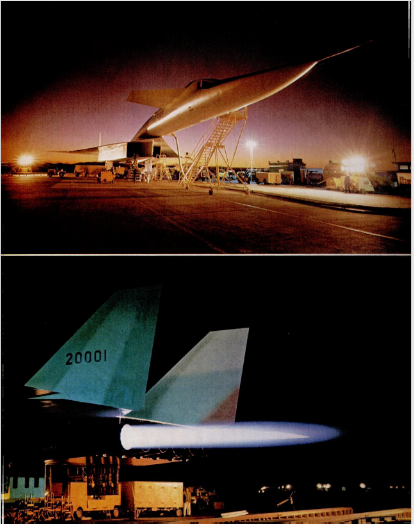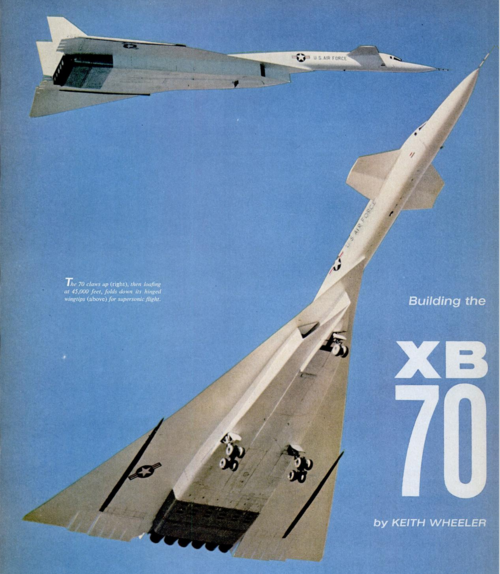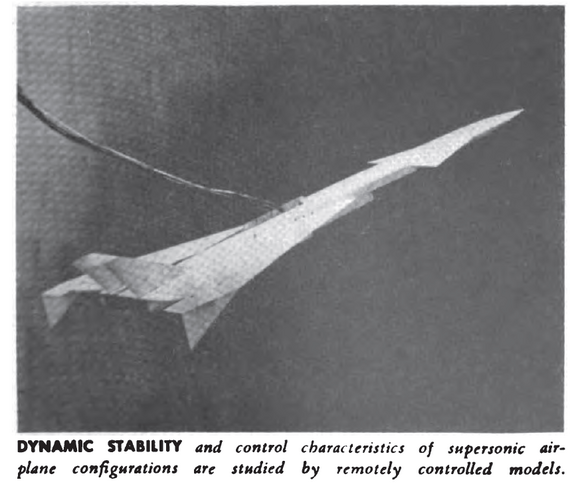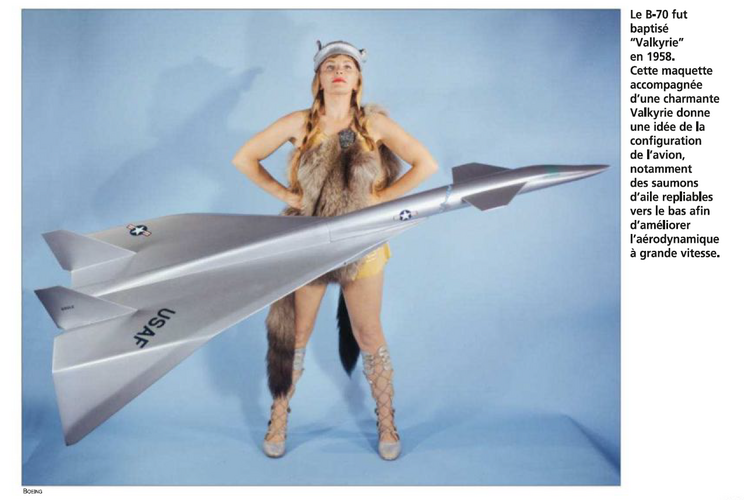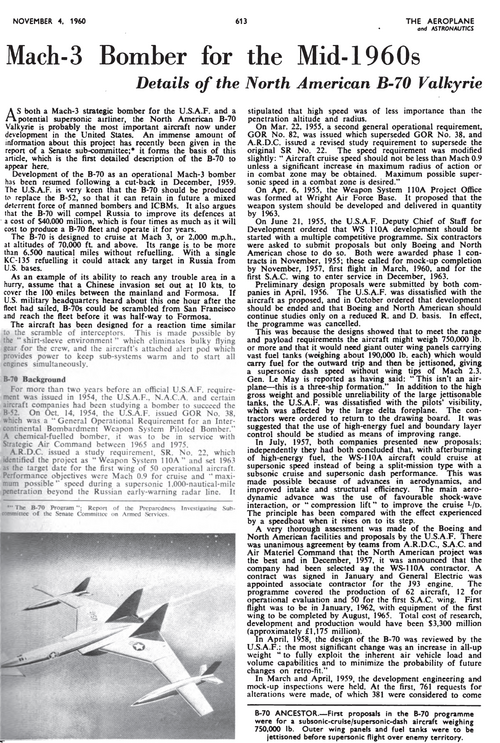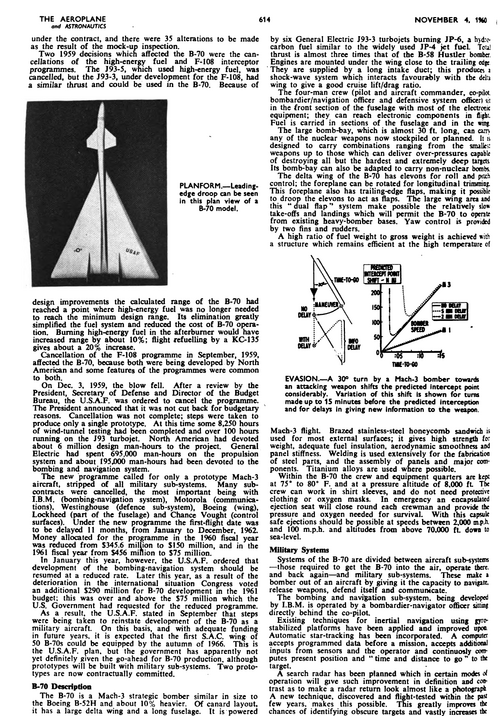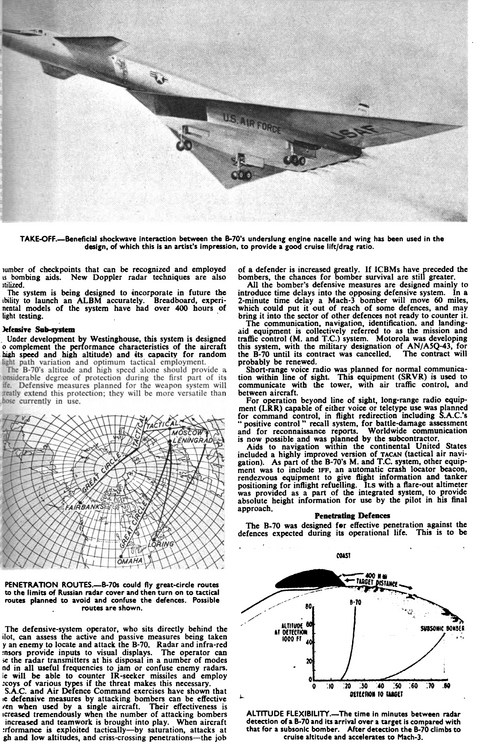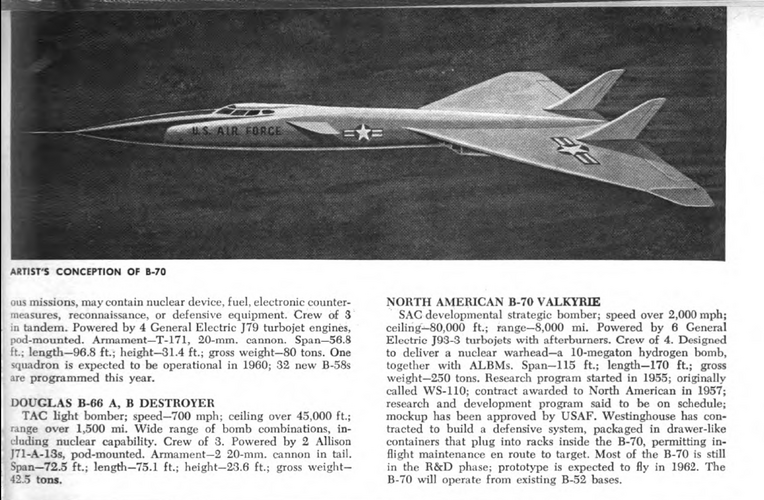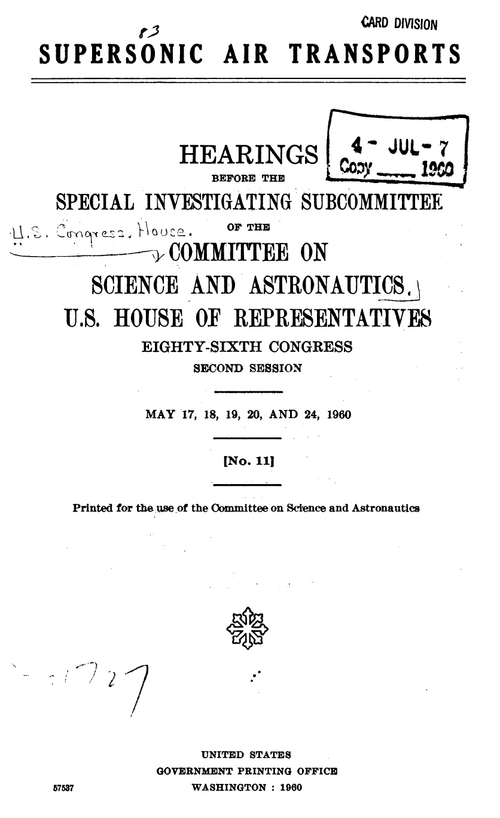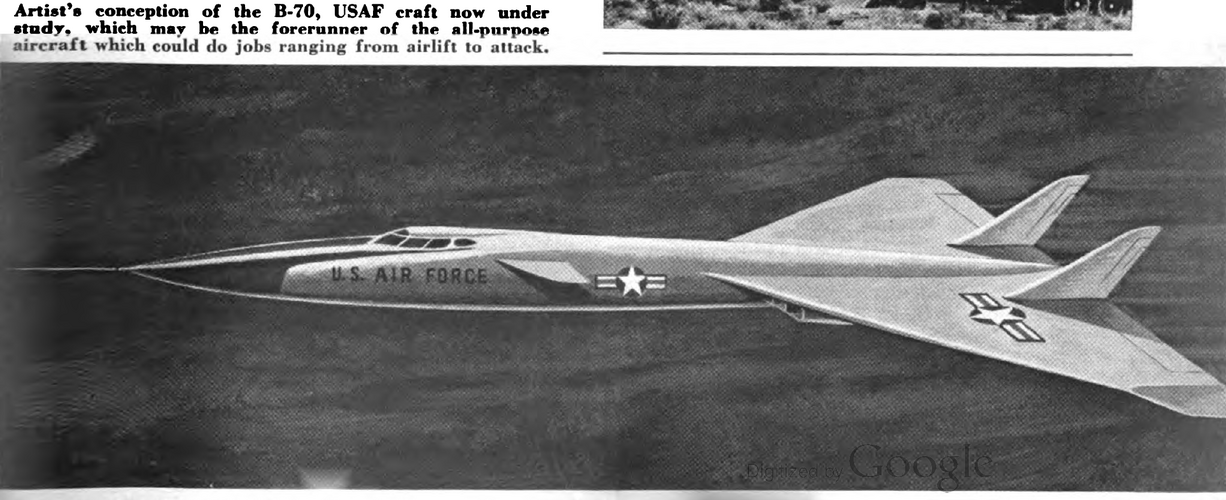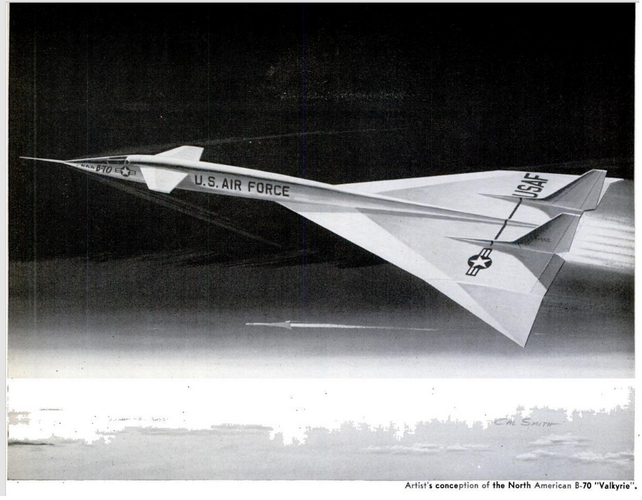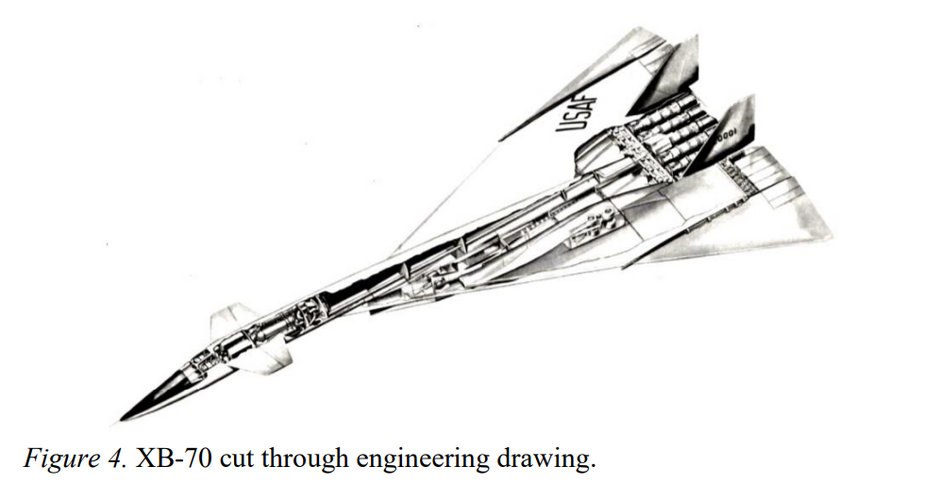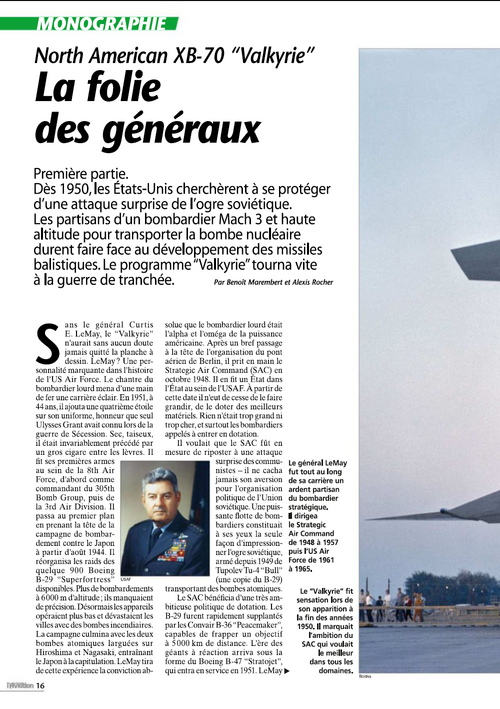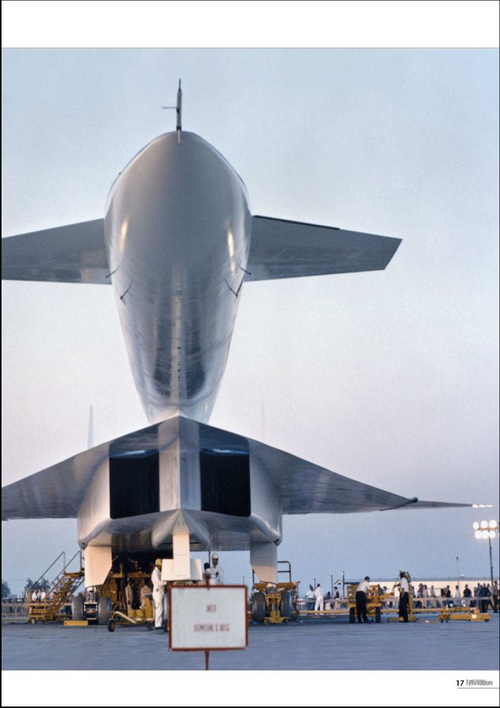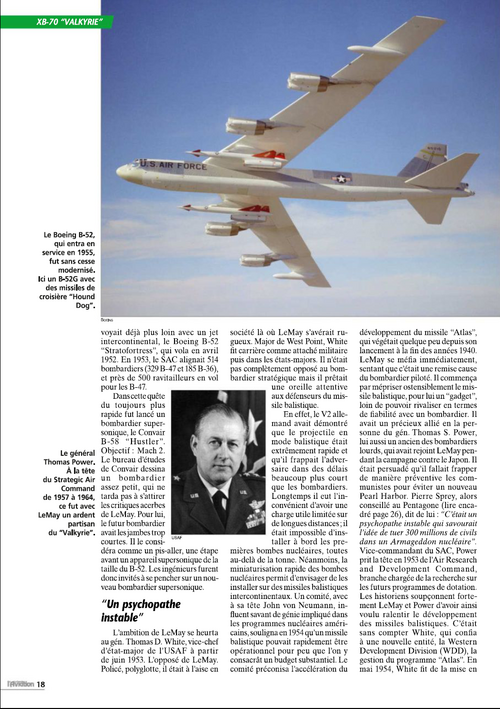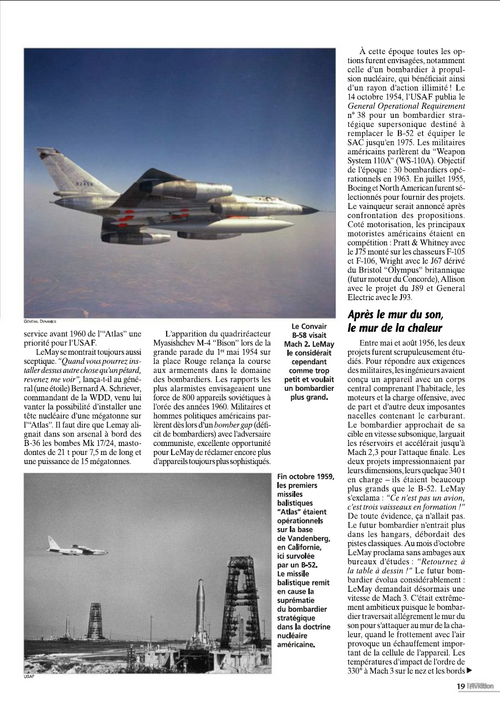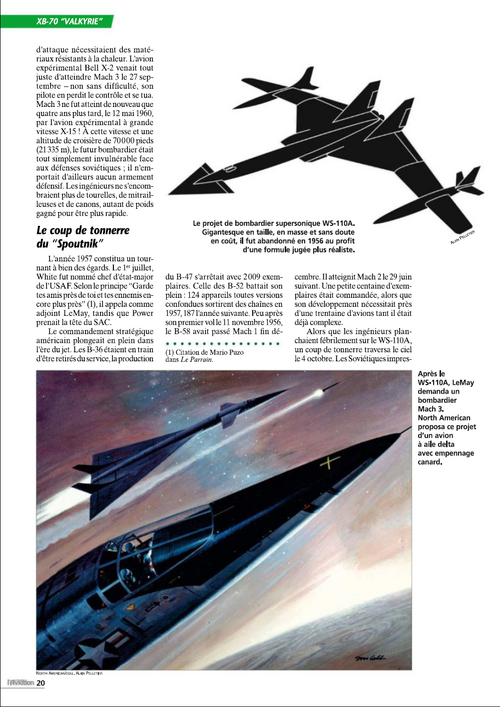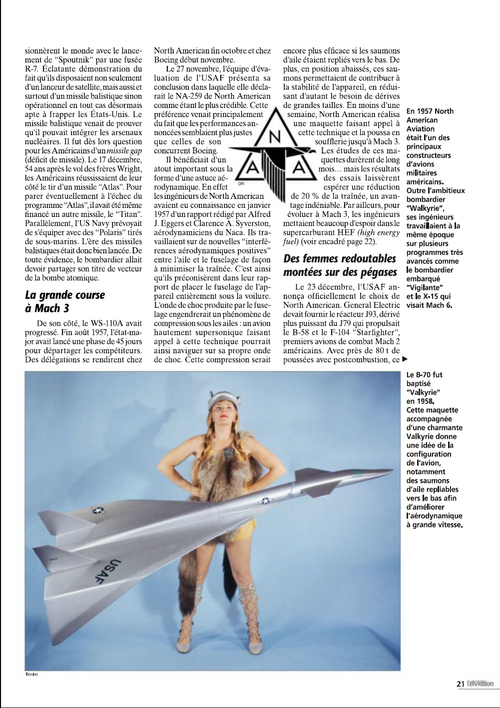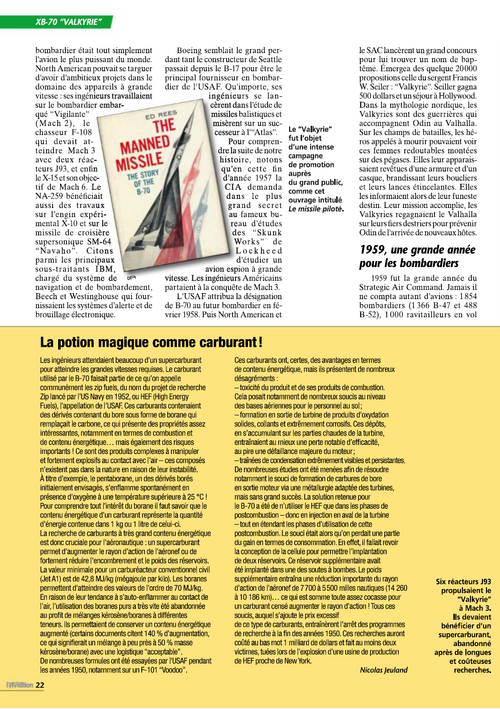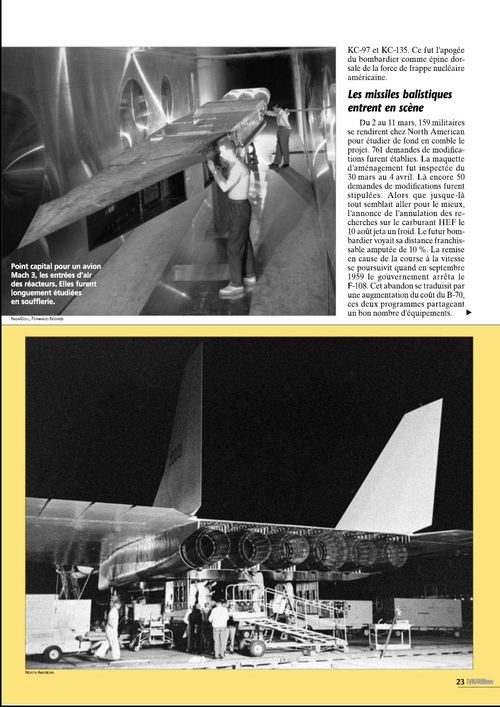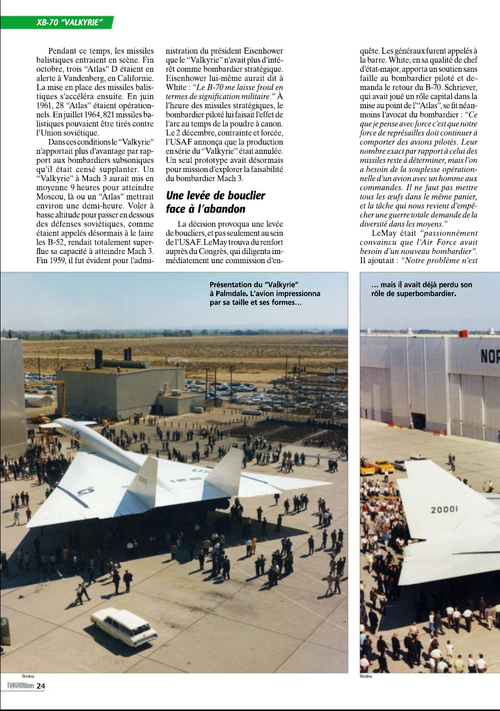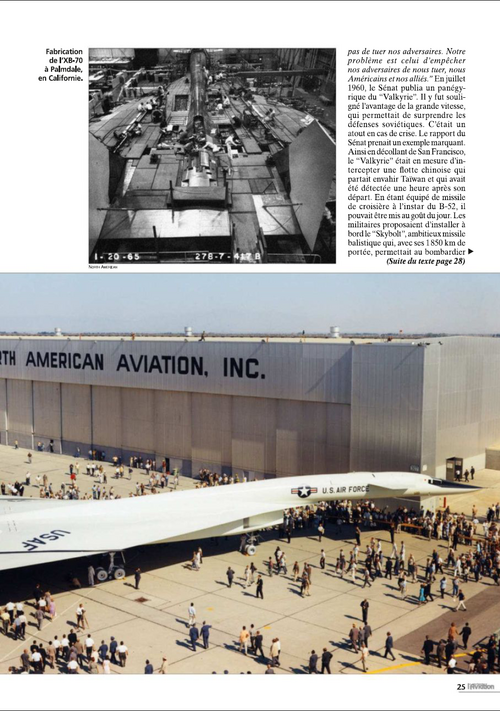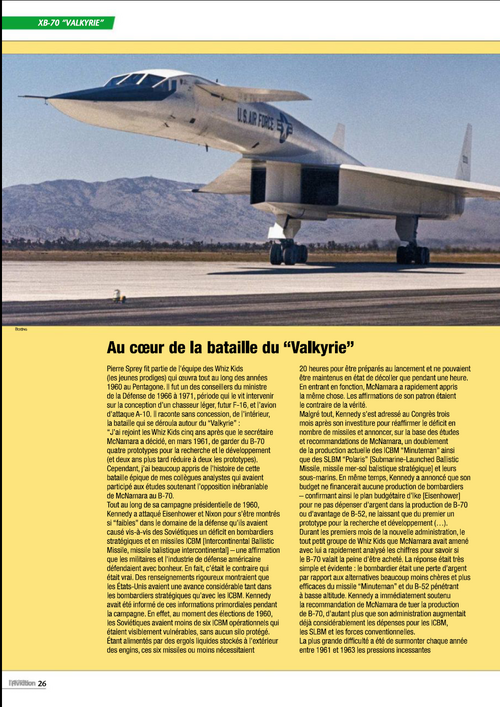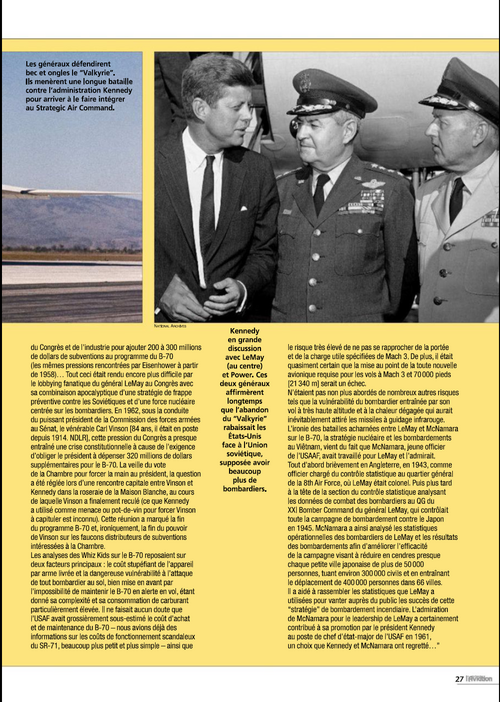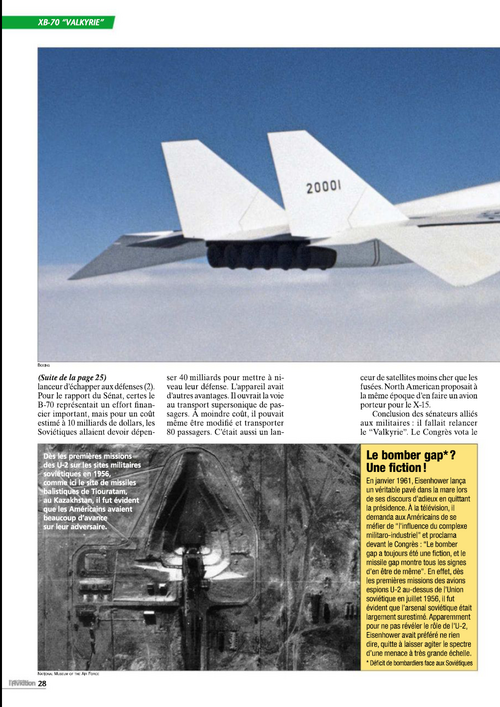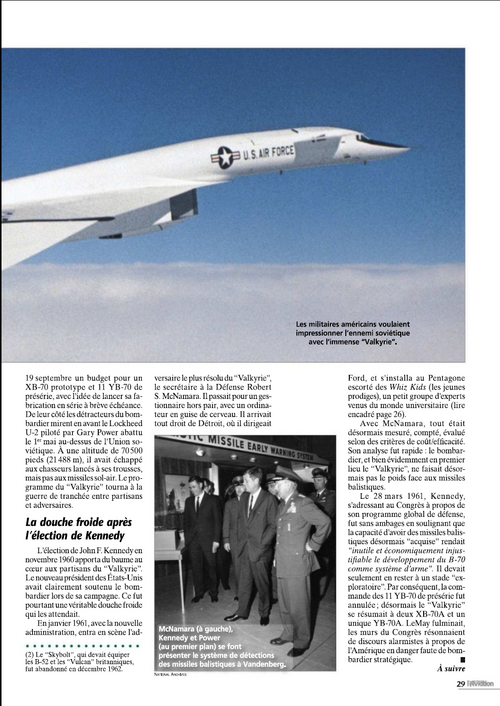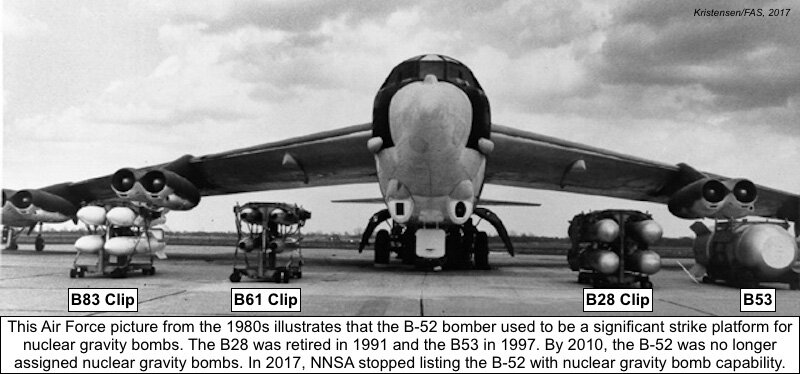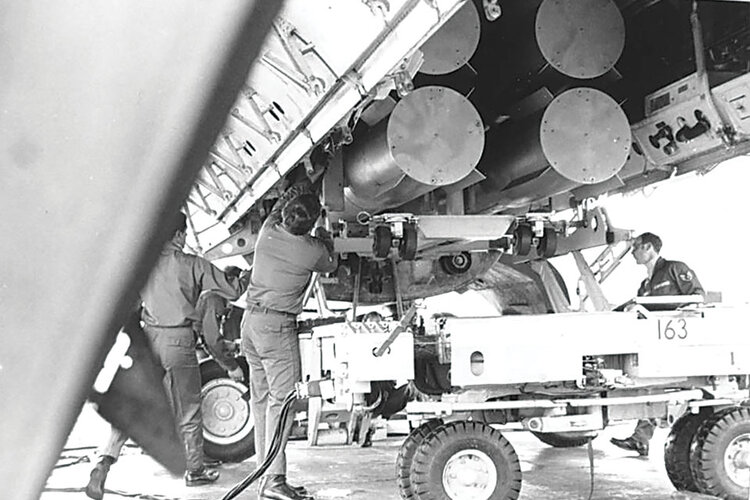Something I never quite realized before is that WS-110A (the Valkyrie) and WS-125A (the nuclear supersonic bomber) were
at least loosely related, notably through Pratt J91. That one had one foot in WS-110 (J91 lost to GE J93) and another in WS-125A (J91 tech was part of Pratt competing design with G.E J87 -
https://en.wikipedia.org/wiki/General_Electric_J87)
More exactly, J87 was WS-125A DIRECT cycle by General Electric; while J91 tech was used by Pratt for the INDIRECT cycle.
Bottom line: there were kind of three "ultimate bombers" on the drawing boards circa 1956-57
WS-110: classic chemical (eventually with boron fuels - that other BIG technology craze)
WS-125A, direct cycle - nuclear
WS-125A, indirect cycle - nuclear
The sky was the limit, or no longer was. That is, until they found boron toxicity and deposits ruining the turbojets. And then that a supersonic nuclear bomber was simply unfeasible, whatever the nuclear cycle.
So the whole thing was downrated to CAMAL - subsonic, but for days of time (can't help thinking about MCU helicarriers !)
Another subtelity however was that direct cycle was feasible, but a radiation nightmare; and indirect cycle was the exact opposite. Annoying.
In the end JFK threw ANP under a bus early 1961 and was probably right to do so...

